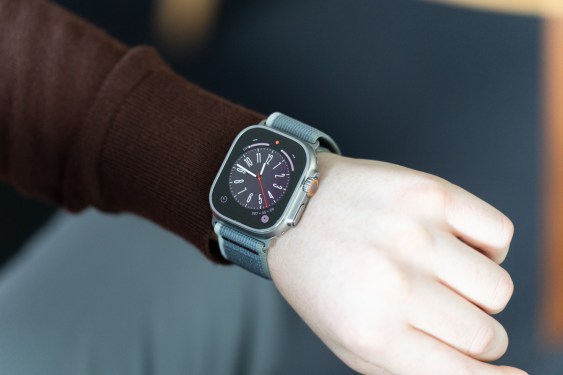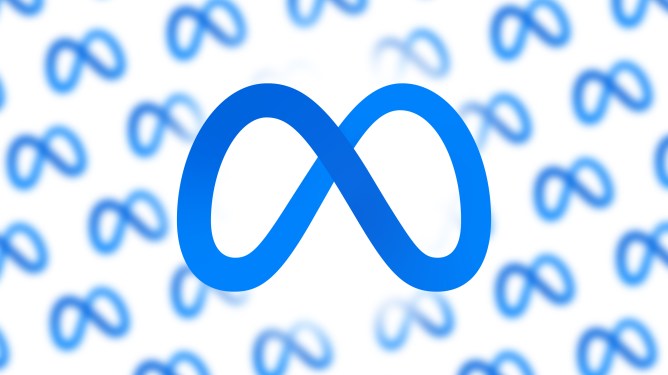The Elusive Launch Date: Grok 3’s Delay and the Limitations of Current AI Scaling Laws
In an era where artificial intelligence (AI) is rapidly advancing, several high-profile AI models have failed to meet their promised launch windows. Among them is Grok 3, xAI’s next-generation AI model that was expected to debut by the end of 2024. However, as we approach January 2nd, there are still no signs of Grok 3’s release.
A Missed Launch Window and a Glimpse into the Future
Last summer, Elon Musk, the founder and CEO of xAI, announced that Grok 3 would be launched by the end of 2024. According to Musk, Grok 3 would be a significant improvement over its predecessor, with enhanced capabilities for image analysis and question-answering. The model was expected to power various features on X, Musk’s social network.
However, in a recent post on X, Musk stated that Grok 3 would be released after training on 100k H100s, implying that the model still requires significant development time. Despite this, some code spotted by AI tipster Tibor Blaho suggests that an intermediate model, ‘Grok 2.5’, may arrive first.
This delay is not an isolated incident. Several other high-profile AI models have faced similar challenges in meeting their promised launch dates. For instance, Anthropic, an AI startup, failed to deliver a successor to its top-of-the-line Claude 3 Opus model. In a recent report, it was revealed that Anthropic scrapped all mention of the next-gen model from its developer documentation.
A Growing Trend: The Limitations of Current AI Scaling Laws
The delay in Grok 3’s release is part of a growing trend. Many AI companies have faced setbacks with their flagship models in recent months. This could be evidence of the limitations of current AI scaling laws, which are being used to increase the capabilities of AI models.
The Pitfalls of Current AI Training Approaches
In the past, it was possible to achieve substantial performance boosts by training models using massive amounts of computing power and larger data sets. However, as the gains with each generation of model have begun to shrink, companies are now forced to pursue alternative techniques.
Musk himself acknowledged this challenge in a recent interview. When asked if Grok 3 would be state-of-the-art, Musk replied, "Hopefully… We may fail at this goal. That’s the aspiration." This sentiment is echoed by other experts in the field, who warn that conventional AI training approaches are running up against a wall.
Alternative Techniques and the Future of AI
As companies like xAI, Anthropic, Google, and OpenAI struggle to meet their launch dates, they may be forced to adopt new strategies for improving AI capabilities. This could involve exploring alternative techniques, such as multi-task learning or transfer learning, which can potentially unlock significant performance gains.
The Role of Compute Power in AI Development
Compute power is a critical component in AI development. However, the cost and availability of high-performance computing resources are becoming increasingly challenging to manage. As companies strive to push the boundaries of AI capabilities, they may need to re-evaluate their reliance on compute-intensive approaches.
A New Era for AI: The Need for Innovation
The delay in Grok 3’s release serves as a reminder that AI development is an ongoing process. While it may be disappointing for those who have been eagerly awaiting the launch of this next-generation model, it also presents an opportunity for innovation and improvement.
In conclusion, the elusive launch date of Grok 3 highlights the challenges facing AI companies in meeting their promised timelines. As we look to the future, it is clear that alternative techniques and innovative approaches will be necessary to unlock significant performance gains in AI development.
Related Topics
- The Future of AI: What’s Next for Artificial Intelligence?
- AI Scaling Laws: Can We Overcome the Limitations of Current Techniques?
- Compute Power in AI Development: The Role of High-Performance Computing Resources
Stay up-to-date with the latest news and insights on AI by following our newsletter.











